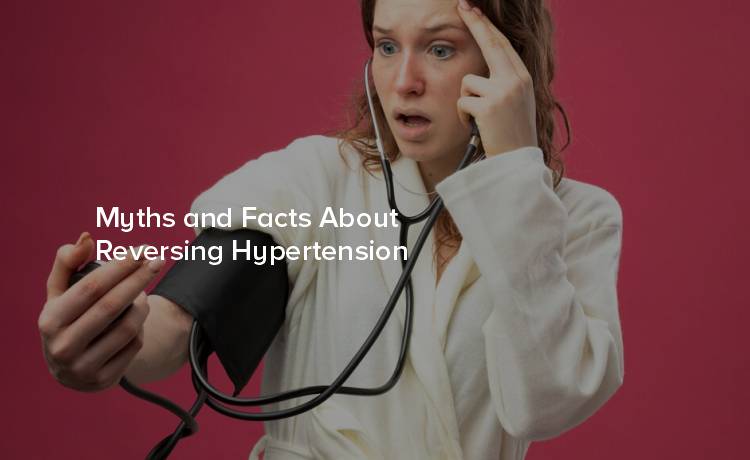
Hypertension, more commonly known as high blood pressure, affects nearly 1.28 billion adults globally, according to the World Health Organization. Despite its prevalence, myths about reversing hypertension are rampant, leaving many feeling confused about their options.
Hypertension occurs when the force of blood against your artery walls is consistently too high. Left unmanaged, it can lead to serious health complications like heart disease, stroke, and kidney failure. Blood pressure is measured as two numbers—systolic (the top number) and diastolic (the bottom number). A reading of 130/80 mm Hg or higher is generally considered high.
Reversing hypertension doesn't always mean curing it entirely. Rather, it involves managing blood pressure levels to a healthier range, reducing the associated risks.
Now let's dispel some common myths and uncover the realities about reversing hypertension.
Truth
While the risk of hypertension increases with age, it's not an unavoidable part of aging. Genetics play a role, but lifestyle factors such as diet, physical activity, and stress are significant contributors.
Strategies like reducing sodium intake, incorporating regular exercise (150 minutes of moderate activity per week), and managing stress can significantly lower your risk—even as you get older.
Truth
Salt does play a role in blood pressure, but the relationship isn’t as straightforward as “no salt = no hypertension.” Sodium restriction helps many people, especially those who are salt-sensitive, but it won’t fully address hypertension on its own.
Instead of cutting out salt entirely, aim for the recommended daily sodium intake of 2,300 mg (about one teaspoon). Pair this with increased intake of potassium-rich foods such as bananas, spinach, and sweet potatoes, which help counteract sodium's effects.
Truth
Hypertension doesn’t discriminate. While obesity and an unhealthy lifestyle are risk factors, even slim and seemingly healthy people can develop high blood pressure.
Sometimes, hypertension may be due to genetic predisposition, underlying health conditions, or habits like smoking and excessive alcohol consumption. Regular check-ups and monitoring are essential no matter your body type or fitness level.
Example
Consider "white coat hypertension"—a condition where blood pressure spikes in medical settings due to anxiety. Even fit individuals with no other symptoms can experience temporarily high readings, which may signal an underlying issue.
Truth
While medication is often necessary, especially for higher stages of hypertension, it’s not the only solution. Lifestyle interventions like exercise, a healthy diet, weight management, and stress control can sometimes bring blood pressure back to normal levels without medication.
However, stopping prescribed medication without consulting your healthcare provider can be risky. Improving your lifestyle should complement medical treatment, not replace it.
Truth
For some, particularly those in the early stages of hypertension, lifestyle changes can lead to full reversal or normalization of blood pressure. However, others with advanced or long-term hypertension may need lifelong management instead of a cure.
What’s important is to focus on risk reduction rather than a complete reversal. By consistently managing blood pressure levels within a healthy range, you can significantly improve your quality of life.
If you're determined to take control of your blood pressure, here are some actionable steps based on research-backed practices:
1. Adopt the DASH Diet
Fill your plate with fruits, vegetables, lean proteins, and whole grains while limiting sugar and saturated fats.
2. Move More
Include activities you enjoy, like brisk walking, swimming, or cycling, to make exercise a sustainable habit.
3. Limit Alcohol Consumption
Stick to moderate levels—up to one drink per day for women and two for men.
4. Manage Stress
Practice relaxation techniques like yoga, mindfulness, or deep breathing. Chronic stress can cause spikes in blood pressure over time.
5. Regularly Monitor Your Blood Pressure
Early detection is key. Make a habit of checking your blood pressure at home or through regular visits to your doctor.
6. Follow Medical Advice
Always consult your healthcare provider before making significant changes to medication or diet. Their insights can help you tailor a plan suited to your unique needs.
You don’t have to be at the mercy of high blood pressure. By debunking common myths and following scientifically supported strategies, you can reduce your risk and regain control of your health.